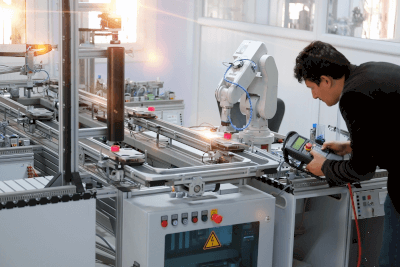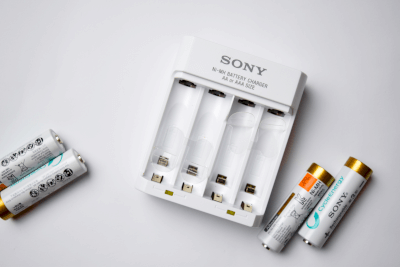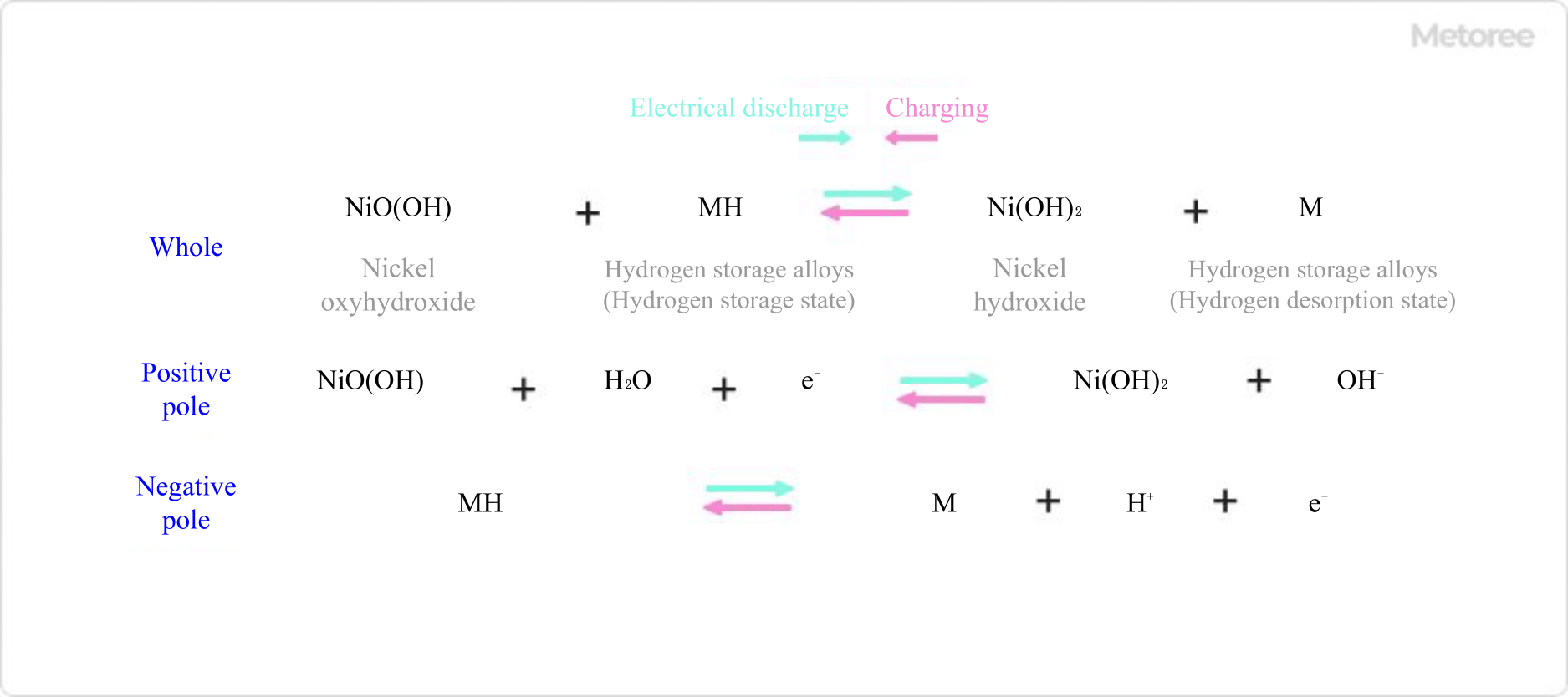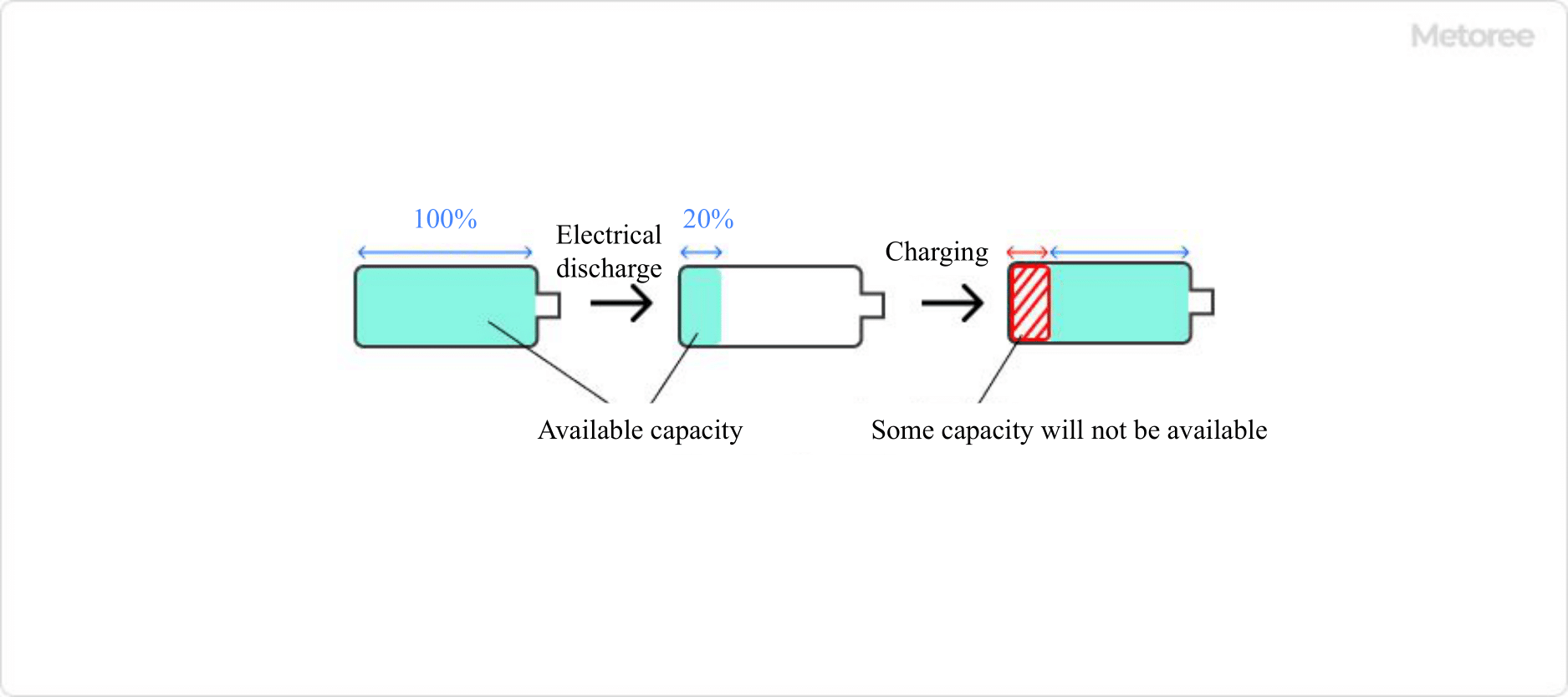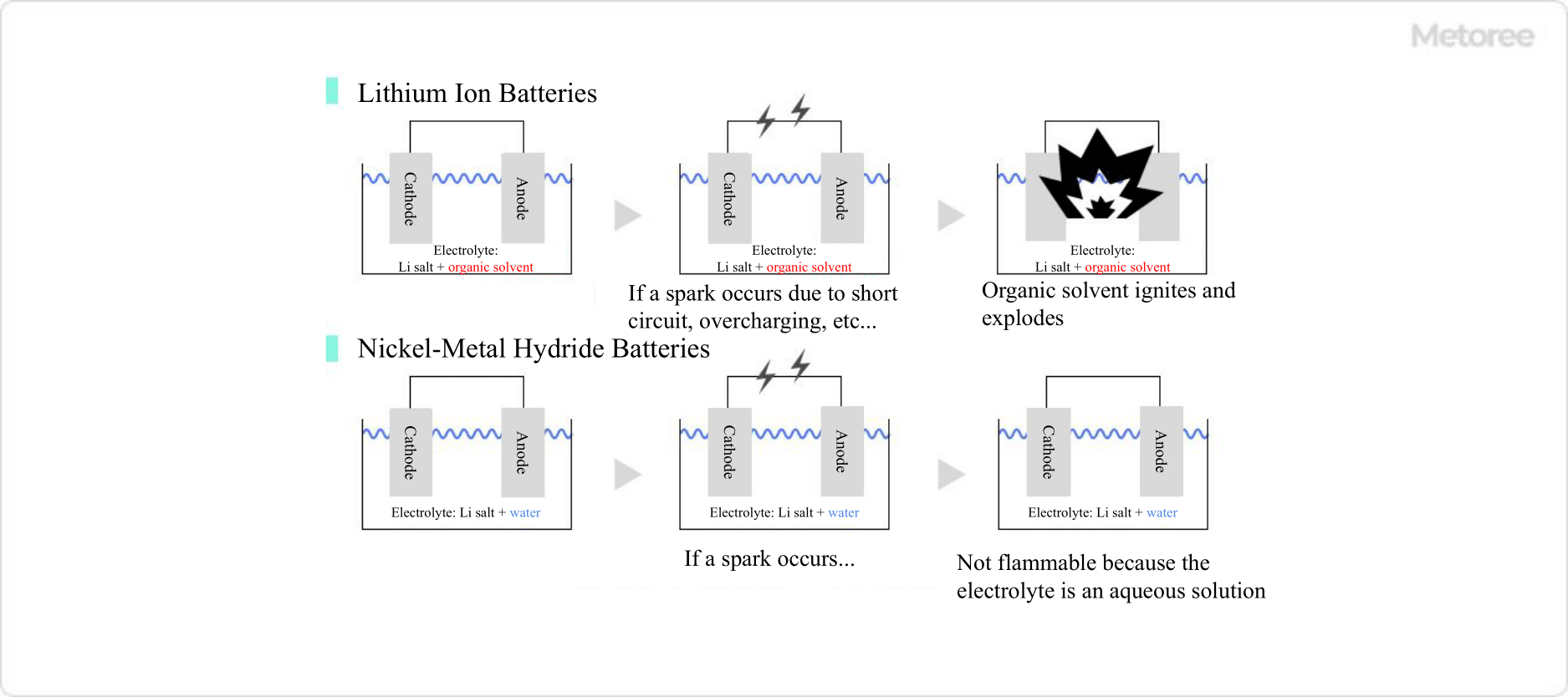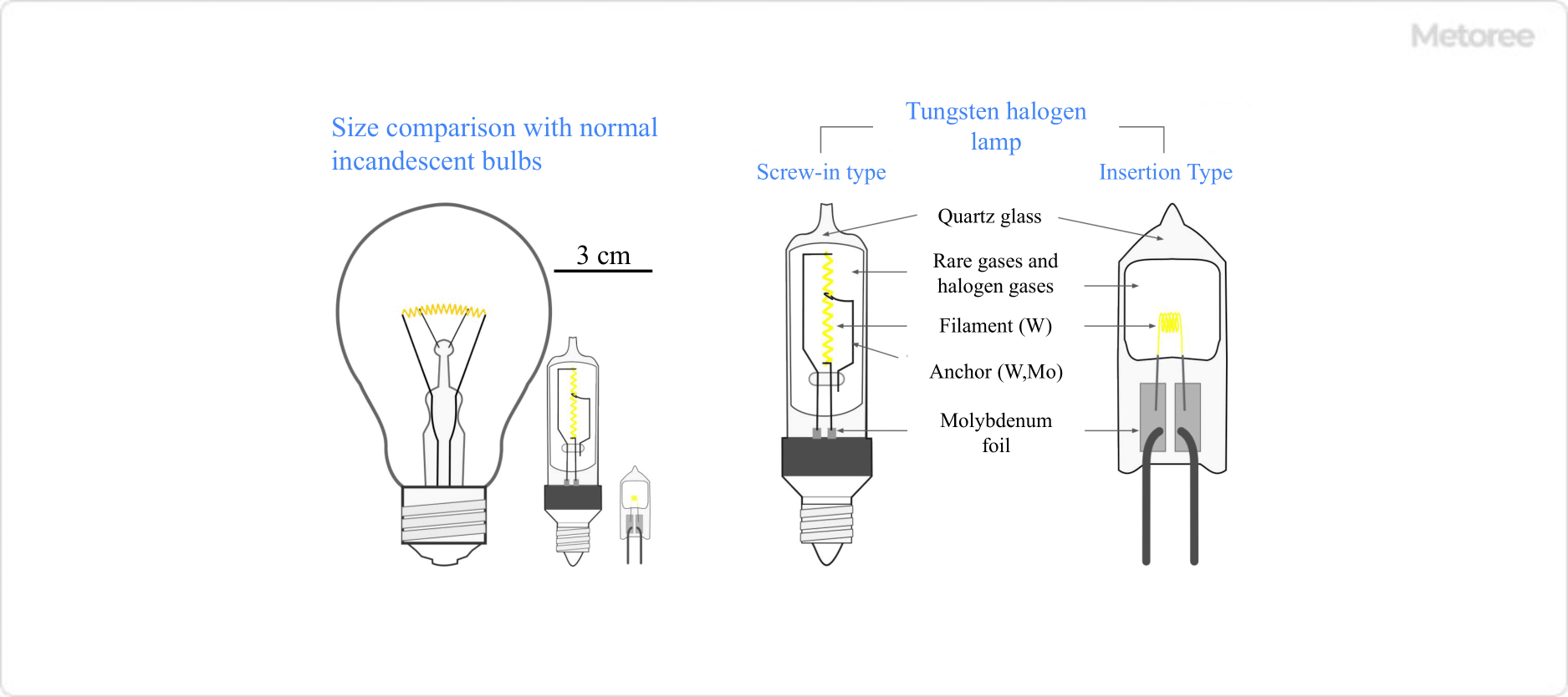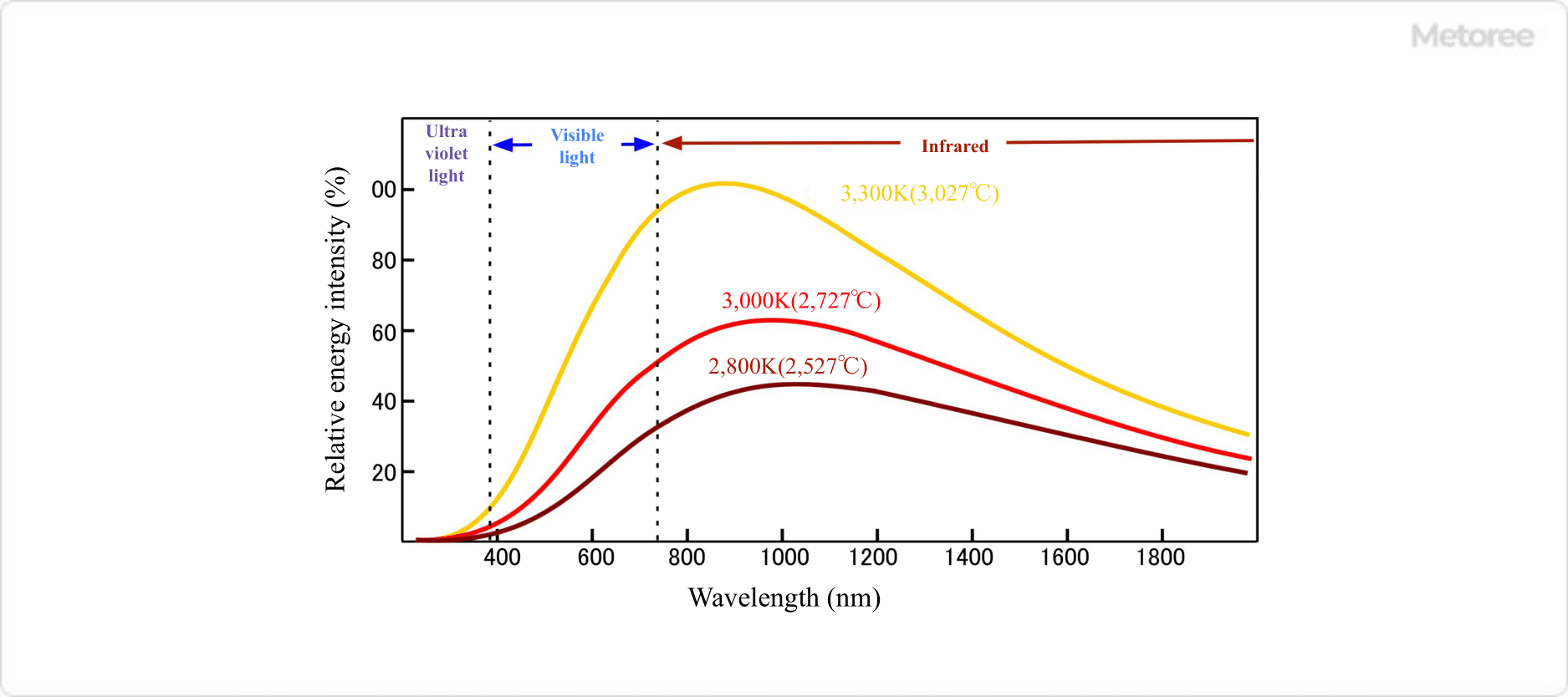What Is an X-Ray Tube?
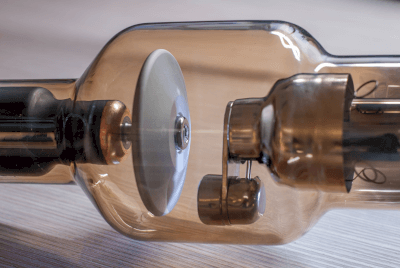
An X-ray tube is a type of X-ray generation tube that converts electrical input power to produce X-rays.
X-Ray Tubes are classified into two types according to the type of tube: sealed tubes, in which the inside of the tube is always kept in a vacuum, and open tubes, in which a vacuum pump is installed on the outside of the tube to create a high vacuum.
Sealed tubes are also known as anode tubes. They are further classified into two types: rotating anode tubes with a rotating anode and fixed anode tubes without a rotating anode. The fixed-anode tube has a rotating anode, which allows heat dispersion and increases the current flowing through the X-ray tube.
X-Ray Tubes are classified into microfocus and mini-focus (or millifocus) types, depending on the focal spot size. These X-ray tubes have a focal spot size on the order of microns and millimeters, respectively.
Uses of X-Ray Tubes
X-Ray Tubes are used as X-ray generators in various fields. X-rays are electromagnetic waves with a wavelength shorter than that of ultraviolet rays, and their high energy allows them to penetrate through materials.
The following are some of the applications that take advantage of this penetrating effect:
- Medical field
General radiography, mammography, CT examinations, X-ray therapy used in cancer treatment, etc. - Scientific and industrial fields
X-ray diffraction, X-ray fluorescence analysis, nondestructive testing, thickness and other material testing, airport baggage inspection, etc.
Principle of X-Ray Tubes
An X-ray tube consists of an enclosure, a cathode, and an anode . When a high voltage is applied between the cathode and anode after the cathode filament is heated by an electric current, hot electrons are emitted from the filament and are directed to the anode target at high speed.
1. X-Ray Driven
The thermal electrons are attracted to the nucleus of the anode material, such as tungsten, and rapidly change direction, releasing energy. At this time, 99% of the energy is converted to thermal energy, but the remaining 1% is emitted as X-rays. These X-rays are called bremsstrahlung X-rays and are characterized by their continuous spectrum.
Where the thermal electrons pass in relation to the nucleus is not uniquely determined, and the X-ray intensity varies depending on where they pass. Therefore, bremsstrahlung has a continuous spectrum.
2. Characteristic X-Rays
Some thermal electrons rarely collide with electrons of the target atom. The collided electrons gain energy from the thermal electrons and are repelled, and then transition to the outer electron orbitals, but because they are unstable, they quickly return to their original orbitals.
The difference in the energy state of the electron orbital is emitted as X-rays. X-ray tubes produce mostly bremsstrahlung X-rays, which are extracted through a window made of beryllium or other material with low X-ray absorption in the tube’s enclosure.
Other Information on X-Ray Tubes
1. Tube Voltage and Tube Current
The intensity and energy of the X-ray tube depend on the tube voltage and current.
Tube voltage
The tube voltage is the voltage applied between the anode and cathode of the X-ray tube. The higher the tube voltage, the shorter wavelength X-ray tube produces. The tube voltage is a parameter that affects the intensity and energy.
Tube Current
The current that flows through the inside of the X-ray tube. The current is generated when thermal electrons generated at the cathode collide with the anode. In a rotating anode tube, the anode rotates to disperse the heat and increase the tube current.
There is a proportional relationship between the tube current and the total X-ray tube intensity. On the other hand, the X-ray energy does not change when the tube current is changed.
2.Transmission Properties of X-Rays
Since X-rays are electromagnetic waves with a very short wavelength, they have the property of transmitting through materials. The transmission rate varies depending on the material, and X-rays are attenuated during transmission.
The higher the energy of the X-ray, the greater its transmission ability.
